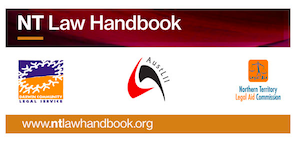-- JonathanMo - 14 Sep 2015
Well-known marks - certification, defensive and collective marks
Apart from the general procedure for registration of a trade mark, there are also special provisions in the TMA governing particular types of marks - namely those with special uses, known as certification trade marks [TMA Pt 16, ss.168-183], and well-known marks registered as defensive marks [TMA Pt 17, ss.184-189]. Certification marks are marks adapted to distinguish goods or services in relation to quality, accuracy, or some other characteristic including origin, material or mode of manufacture, from other goods not so certified. An application for registration of a certification mark must be accompanied by a set of rules which will govern the particular use of that mark. Examples of certification marks include Woolmark, the Standards Association of Australia mark, and those marks indicating that garments fulfill the description of Harris Tweed, Irish Linen and Scottish Cashmere. Defensive registration under Part 17 of the TMA is available for a small number of very well-known marks. Part 17 permits registration of marks where 'because of the extent to which a registered trade mark has been used in relation to all or any of the goods or services in respect of which it is registered, it is likely that its use in relation to other goods or services will be taken to indicate that there is a connection between those other goods or services and the registered owner of the trade mark' [TMA s.185]. The major advantage of a Part 17 defensive registration is that the goods and services so covered do not have to be used or intended to be used, and a defensive trade mark cannot be challenged on non-use alone. Part 17 requires that the trade mark in question already be registered; however, it extends that registration to other specified goods and services to prevent others using that mark or to prevent others creating any connection between the mark and those other goods and services. A defensive registration cannot be used to create a universal monopoly over a mark. Examples of marks registered under Part 17 in Australia include 'Holden, Levis, Chanel, Gillette, Kleenex, Shell, Nugget, Kelloggs, Coca-Cola (including the bottle), Rolls-Royce, Dorothy the Dinosaur, The Wiggles and Big Mac'. Collective marks are used or intended to be used by a member of an association in relation to goods and services dealt with or provided by members of that association to distinguish them from goods and services provided by non-members. Copyright © by the contributing authors. All material on this collaboration platform is the property of the contributing authors.
Copyright © by the contributing authors. All material on this collaboration platform is the property of the contributing authors. Ideas, requests, problems regarding AustLII Communities? Send feedback
This website is using cookies. More info.
That's Fine

